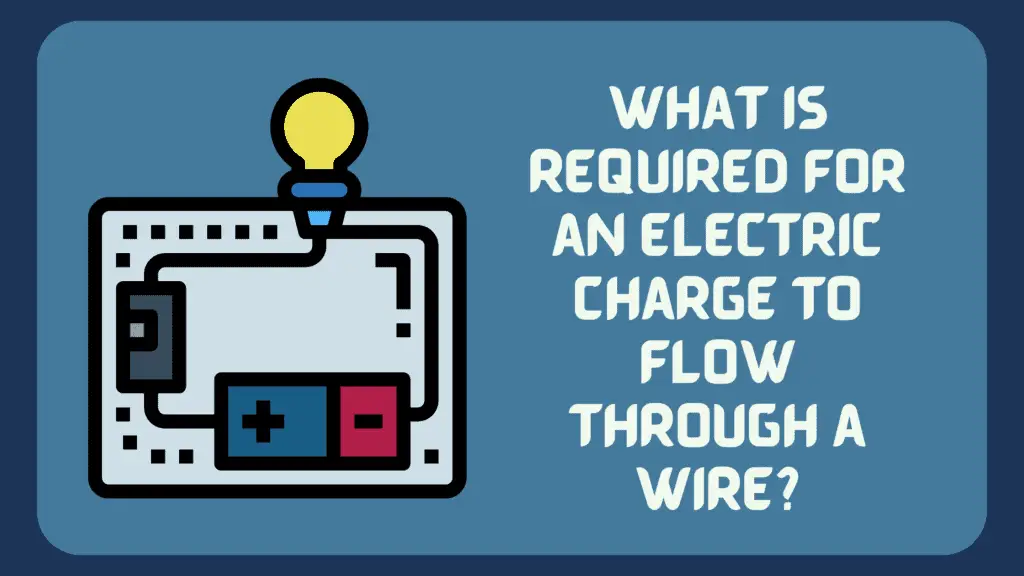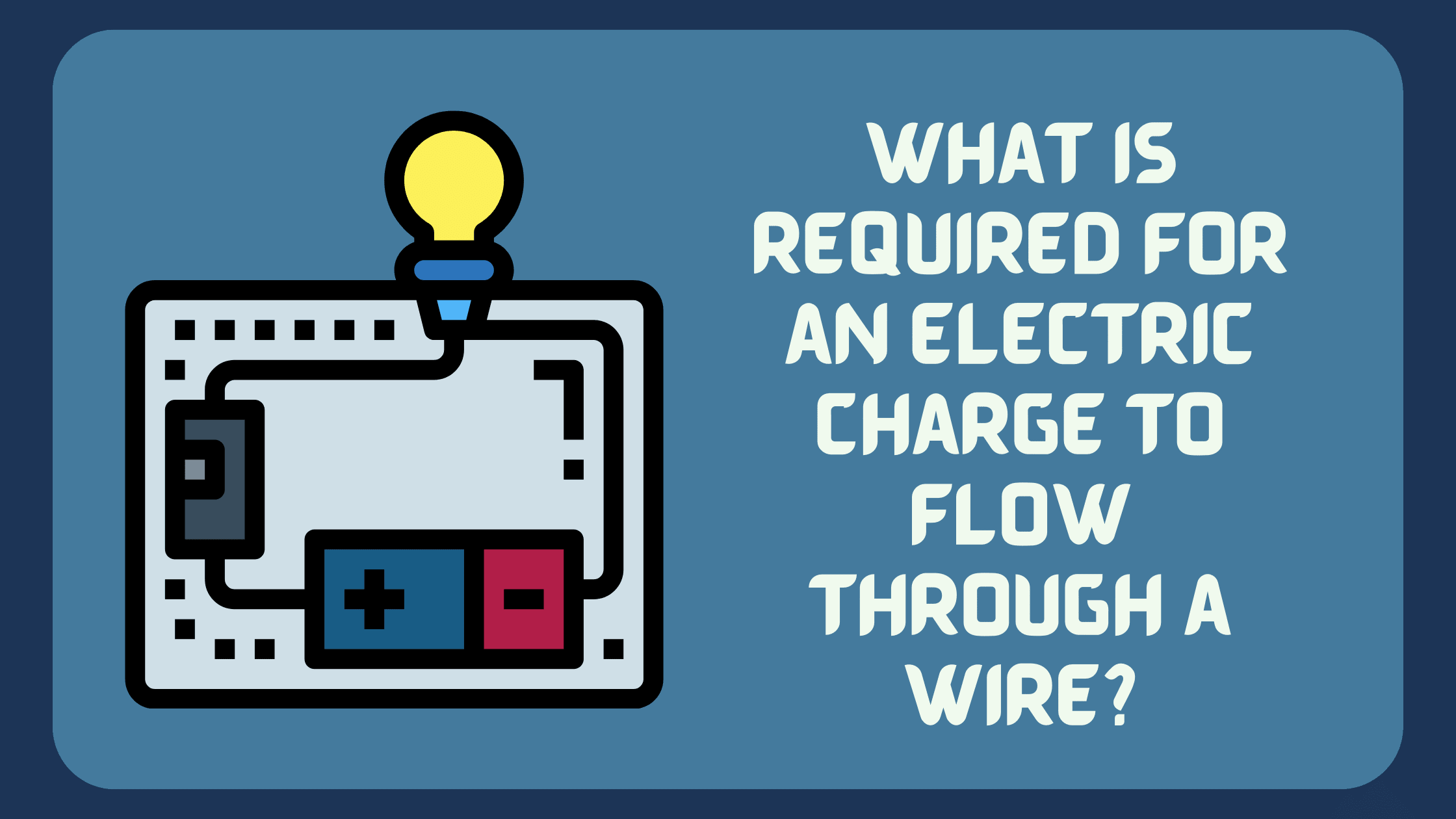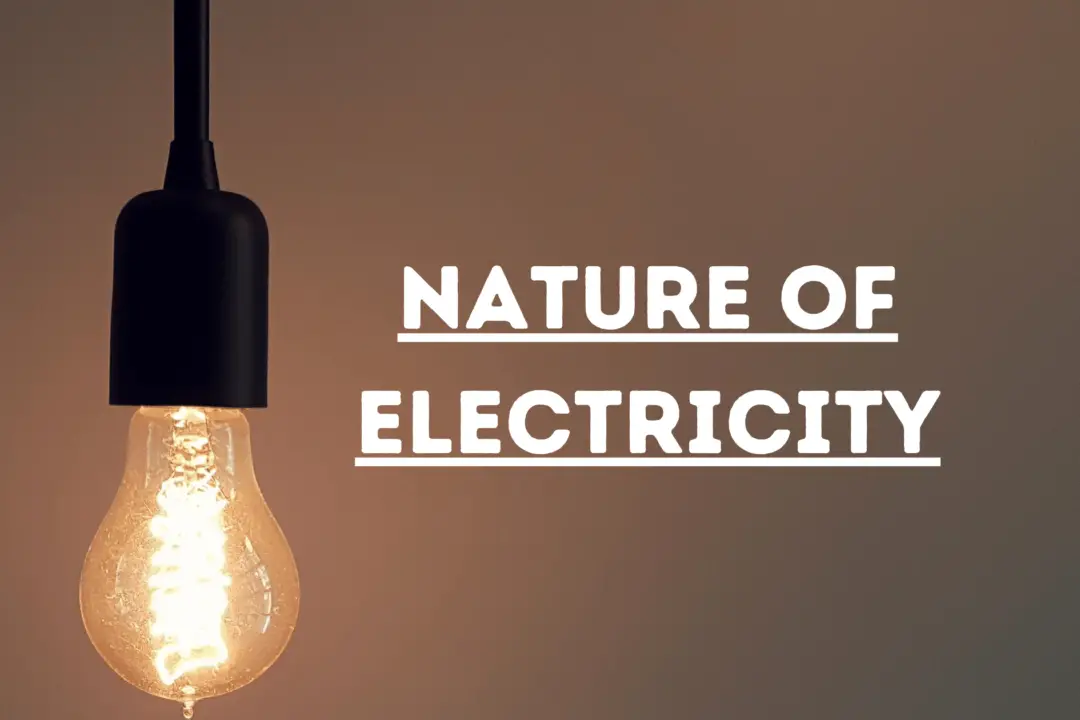
An electrical current is the movement of charged particles, such as electrons and ions, through an electrical conductor. In a conductor electric charges do not start to move on their own. They move inside a conductor only if they are forced to move in a particular direction. This happens when a potential difference is created across both the ends of the conductor.
For an electric charge to flow through a wire, three conditions are required: –
- An electrical potential difference which pushes charges to move.
- A conductor medium with free electrical charges (electrons and ions).
- A closed circuit forming a conducting loop through which electrons can flow.
Conductor
An object or material that allows a free flow of electric charges (electrons and ions) in one or more directions is defined as a conductor.
How does a conductor conduct electric current?
- A conductor atom has a low energy gap between its valence band and conduction band.
- When an electric motive force is applied across its end, the electrons jump from the valence band to the conduction band.
- In the conduction band, electrons are free to move across the conduction in any direction.
- When an electric potential difference is created, electrons flow from a lower potential to a higher potential.
- The direction of the current is opposite to the flow of electrons.
What properties make an object or material a good conductor?
An object or material is considered to be a good electrical conductor if it has the following properties: –
- A Low resistivity or high conductivity
- A Low-temperature coefficient of resistivity
- Allows free movement of electrons and ions in them.
- The electric field of inside material should be zero thus allowing electrons to flow within them.
- The charge density of a material is zero i.e. the positive and negative charges cancel inside a conductor.
- Free charges are present only on the surface
- All points of an object are equipotential
Examples of a good electrical conductor
- silver
- copper
- gold
- iron
- steel
- bronze
- mercury
- graphite
- brass
- aluminium
Thus, if the wire is made from a good conductor material, then electrical current can flow through it.
Electrical Potential Difference
Electrical Potential difference applied against across a conductor is the driving force for carrying current. As mentioned above, In unexcited state electrons are present in the valence band. Under the influence of electromotive force electrons jump from the valence band to conduction band. Furthermore, movement of these electrons depend on the electrical potential difference across the conductor surface.
As the overhead reservoir tank provides water pressure for flow in connecting pipes. Similarly electrical potential difference provides an electromotive force for movement of electrons.
Electron flow
The electron flow is from lower potential terminal to higher potential terminal.
Conventional Current flow
The direction of the current is opposite to the direction of the electron flow.
Thus, for an electric charge to flow through wire electrical, a potential difference is required across its end. The electrical potential difference can be created using a 1.5V DC battery or an AC current.
A Closed Circuit
A closed circuit forms a conducting loop through which electrons can flow in the direction of higher potential and thus resulting in the flow of the electrical charge in the opposite direction.
Conclusion
Thus, for an electric charge to flow through a wire; conductive property of the wire, electrical potential difference across its ends and a closed electrical circuit is required.




